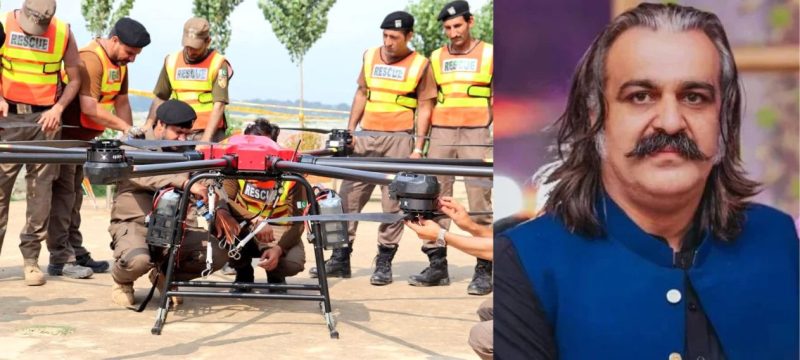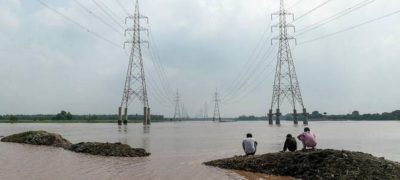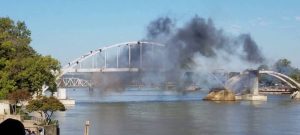The Khyber Pakhtunkhwa government has taken a major step to improve flood rescue operations by using drones and modern equipment during this year’s monsoon season. As the risk of floods continues to grow in many parts of the province, officials at the instructions of Chief Minister Ali Amin Gandapur are using technology to help save lives and respond faster in emergencies.
In a recent meeting led by Chief Secretary Shahab Ali Shah, the Provincial Disaster Management Authority (PDMA) showed how drones will be used to send life jackets, ropes, and other emergency supplies to people stuck in flooded areas.
These drones can carry up to 100 kilograms and will help with both quick deliveries and aerial monitoring. Two of these high-tech drones have already been given to Rescue 1122, which handles emergency response across the province.
To test how well the drones work, Rescue 1122 carried out mock rescue drills along the Swat River. The exercises were done under the instructions of Chief Minister Gandapur and aimed to see if the new equipment could perform well in real flood-like situations. “These tests help us prepare better,” said Bilal Ahmed Faizi, spokesperson for Rescue 1122 Khyber
Pakhtunkhwa. “If the results stay positive, we hope to use these drones in other districts too.”
This use of drones is part of a larger plan to prepare for floods more effectively. The government has also asked hotels in tourist areas to keep safety equipment like life jackets, and the Tourism Department is now giving regular travel alerts during bad weather. At the same time, officials are working to stop illegal buildings near rivers and are training local communities in basic rescue and safety skills.
The goal is to avoid loss of life by acting early and being ready. Officials say the drones are not the only solution, but they are an important part of a new approach that combines quick action, better planning, and smart tools. According to PDMA, this is the first time drones are being used in such a direct way to support public rescue efforts in Pakistan.
While full testing is still underway, the early results have been encouraging. Both rescue workers and government officials say the new system is helping them reach people faster and with more accuracy. As climate change leads to more extreme weather, the province is trying to stay ahead by using tools that can make a real difference.
The KP government’s push to improve disaster response through modern technology is already showing signs of progress. If this continues, it could set a new example for how other provinces in Pakistan respond to natural disasters in the future.









